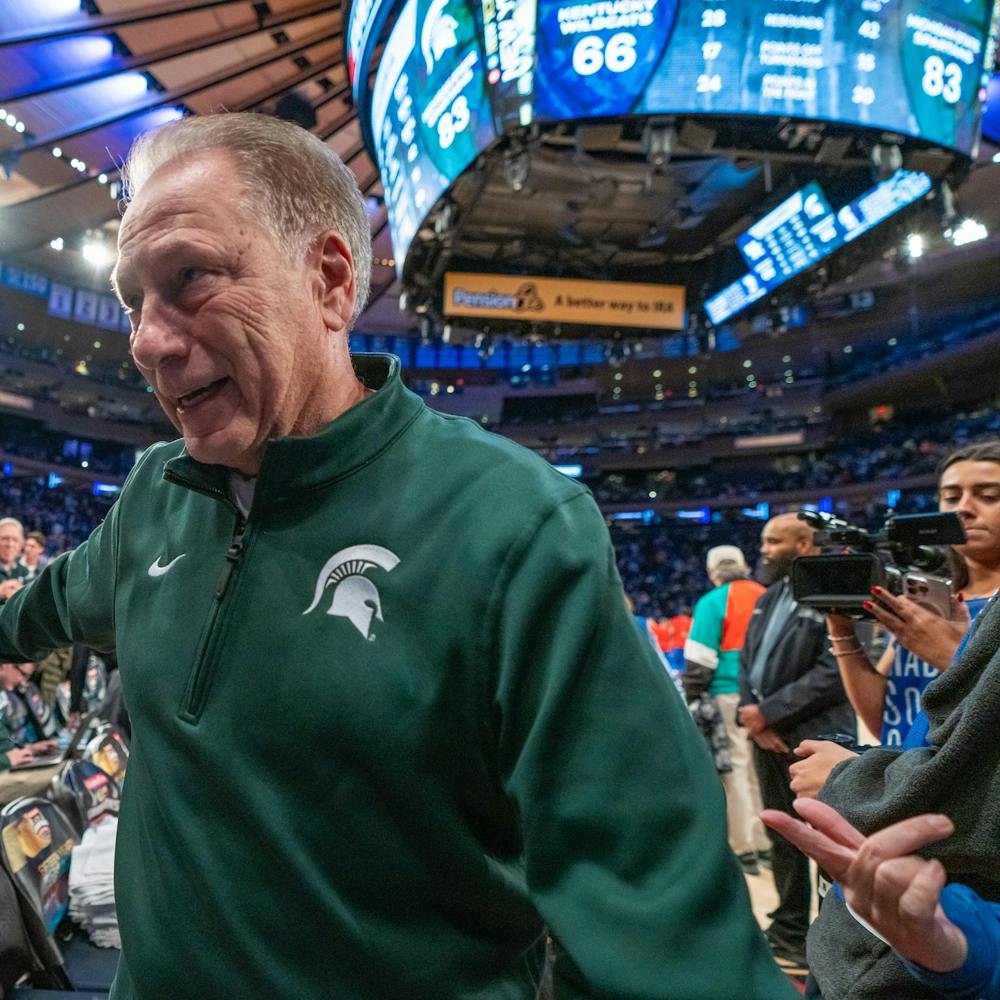Leaving a harsh environmental footprint isn’t difficult on a more than 5,000-acre campus. But, to help combat the toll the university takes on its surroundings, MSU is beginning an environmental stewardship program this summer that will continue throughout the school year. The program is looking at lowering ecological waste in two ways: Reducing energy consumption on campus and reducing the amount of materials the university sends to landfills, said Kathy Lindahl, assistant vice president for finance and operations.
The initiative to clean up the environment falls in line with the university’s agreement in 2006 with the Chicago Climate Exchange, or CCX.
As part of the agreement, the university has to produce 6 percent less greenhouse gas emissions by 2010 at the Simon Power Plant than they did in 2000.
“There’s no question what we do in the environmental stewardship program directly benefits the reduction of greenhouse gasses,” Lindahl said.
To reach the mark, the university is looking at everything from recycling plastic bottles to using less toilet water to see where energy and material waste can be reduced.
David Skole, who is in charge of the energy subcommittee of the environmental stewardship program, said they are looking at how turning off lights, shutting down computers and even the construction of a building can save energy on campus.
“We’re also looking at how burning biomass in the power plant and buying Energy Star appliances can help,” he said.
To reach the goal of 6 percent, the university may need to reduce its current energy consumption by as much as 15 percent, he said.
Burning alternative fuels such as biomass, rather than coal, to create energy can help them reach that goal.
“That’s our target, that’s not a dream. It’s a target,” Skole said.
“We could cut our consumption by 25 percent if we start doing some other things.”
For example, the University of Iowa saved 25 percent of its consumption by burning waste oat hulls in their power plant to produce energy, he said.
As a start to helping reduce materials the university uses, recycling bins for white paper, mixed paper, newspaper, cardboard and plastic bottles will be in all of the residence halls when classes start this fall and will be in all of the buildings by January 2009.
“The challenge is doing this across all 549 buildings,” Lindahl said.
“If we reuse, then we’re reducing what goes in the landfills, and we’re reducing our environmental footprint.”
Scott Swinton, who is in charge of the Cost and Returns for Environmental Stewardship Team, or CREST, said his team has been studying how the university can reduce costs by saving paper by using two-sided printers and saving water by using low water devices in the main library bathrooms.
“Just by replacing the E-token printers on campus with two-sided printers, would save over $150 per printer per year,” he said.
“That’s $22,000 total over a five-year period and 1.8 million sheets, or nine tons, of paper. And that’s a small thing of the things MSU could do.”
Another way to lower costs is to manage environmental systems the same way they would accounting or information systems, he said.
“On one hand it’s expensive to gather information, so we don’t want to gather information we’re not going to use,” Swinton said.
Support student media!
Please consider donating to The State News and help fund the future of journalism.
“But, information on carbon emissions permits us to lower emissions. If we can do a better job of systematically gathering information of carbon emissions from the power plant, or carbon emissions of new automobiles bought for the motor pool, it can help us comply with CCX.”
Environmental stewards, or someone who can educate coworkers on the values of recycling and saving energy, also will be in every department of every building on campus by January 2009.
Vance Kincaid, an environmental steward in the Biomedical and Physical Sciences Building, said stewards, which are volunteer positions, have to be not only an environmental enthusiast, but a source of information for the others in the office.
“This is something I’ve been actively involved in since I got here,” he said. “Once it got institutionalized I was in.”
The university can’t afford to keep throwing things away, Kincaid said. The university ships 38,000 cubic yards of waste each year to landfills, at a cost of about $750,000.
“A majority of those materials are directly recyclable,” Kincaid said. “Those things, if properly handled, can be sold to handlers at a premium.”
Kincaid said he was excited when he heard about the program.
“This is something we must do, this is something we have to do. Not only is it fiscally responsible, it’s morally and ethically responsible,” he said.
“It also puts us in the mainstream of being environmentally sensitive and responsible.”
Discussion
Share and discuss “Campus conservation” on social media.





